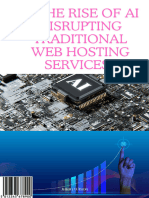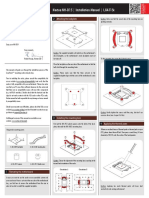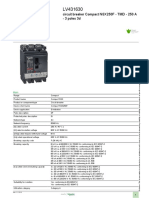0% found this document useful (0 votes)
23 views7 pagesAI in Web Development Proposal
This proposal outlines a strategic initiative to integrate Artificial Intelligence (AI) into web development to enhance efficiency, code quality, and user experiences. It identifies current challenges in web development and presents AI-driven solutions, including automated code generation, intelligent testing, and performance optimization. The document also details an implementation plan, anticipated benefits, risk assessments, and a vision for the future of AI in web development.
Uploaded by
gexem82992Copyright
© © All Rights Reserved
We take content rights seriously. If you suspect this is your content, claim it here.
Available Formats
Download as DOCX, PDF, TXT or read online on Scribd
0% found this document useful (0 votes)
23 views7 pagesAI in Web Development Proposal
This proposal outlines a strategic initiative to integrate Artificial Intelligence (AI) into web development to enhance efficiency, code quality, and user experiences. It identifies current challenges in web development and presents AI-driven solutions, including automated code generation, intelligent testing, and performance optimization. The document also details an implementation plan, anticipated benefits, risk assessments, and a vision for the future of AI in web development.
Uploaded by
gexem82992Copyright
© © All Rights Reserved
We take content rights seriously. If you suspect this is your content, claim it here.
Available Formats
Download as DOCX, PDF, TXT or read online on Scribd
/ 7























































































